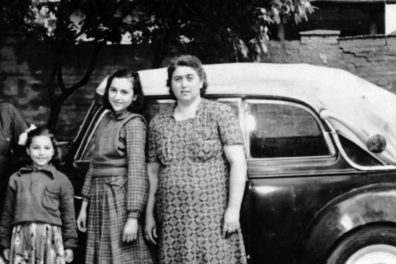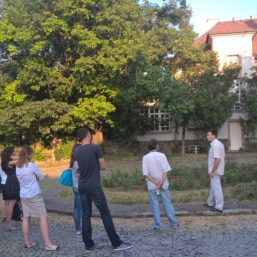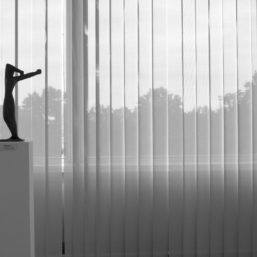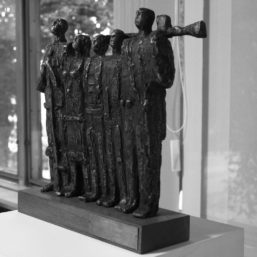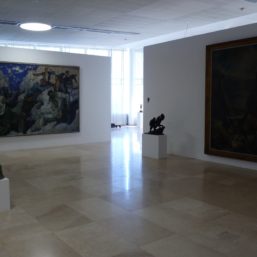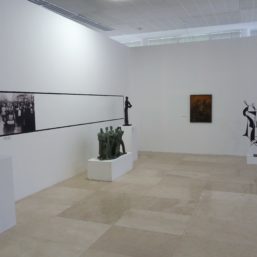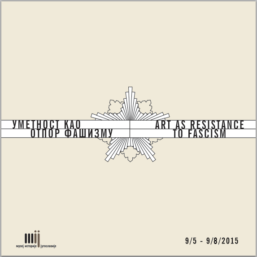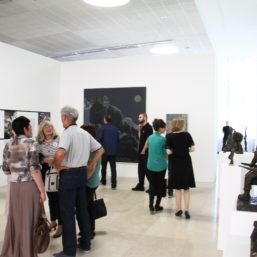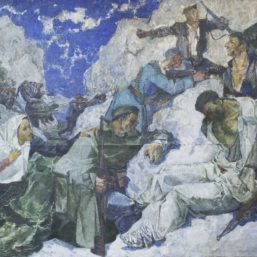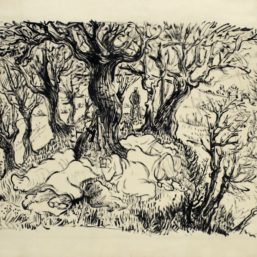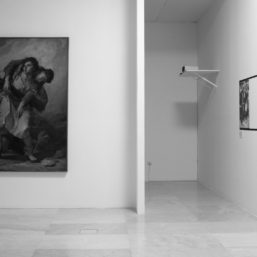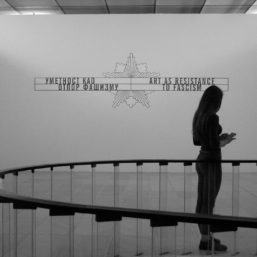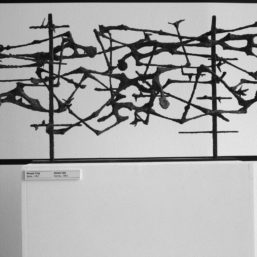Art as Resistance to Fascism
09.05-09.08.2015
The exhibition Art as Resistance to Fascism, commemorating the 70th anniversary of the victory over fascism will be opened this Victory Day, May 9th, 2015 at the Museum of Yugoslav History (MYH). The exhibition, curated by Dragoljub Kuprešanin, MYH museum adviser will showcase the art created during World War II, inspired by the antifascist struggle in Yugoslavia, which was taken up by a large number of artists.
The artists created their works while manning the lines, taking a break, on the move with the National Liberation Army of Yugoslavia troops, in the liberated areas, in jails, concentration camps and also after the war. Their art is a testimony to the horrors of war. In terms of style, it exhibits the traits typical of expressionism and symbolism, as well as realism coupled with descriptive tendencies, conveying personal views of the war and highlighting inner states – the experience of what is seen.
The works of art belonging to the collections of the Museum of Yugoslav History and the Historical Museum of Serbia depict real-world scenes and events, using different forms of artistic expression:drawings and prints, watercolours, oils on canvas and sculptures made during the war and in the post-war period (based on the original archive material). Some are inspired by the memories of the participants in historical events themselves.
The exhibition will consist of several sections, each focusing on a specific theme (rebellion, the National Liberation Army of Yugoslavia, wounded, crimes, concentration camps, victory) and featuring a different kind of exhibits (drawings, canvases, sculptures). The visitors will be offered an opportunity to see the works by prominent Yugoslav artists: Antun Augustinčić, Đorđe Andrejević Kun, Miloš Bajić, Dušan Vlajić, Krsto Hegedušić, Ismet Mujezinović, Vanja Raduš, Vojin Bakić, Franjo Kršinić, Sava Sandić and Vida Jocić.
Jova Radovanović, member of the League of World War II Veterans’, writer and member of the Second Proletarian Brigade, Yugoslav National Army officer (colonel) and winner of a number of military medals will also participate in the opening. The exhibition will be opened by Ivan Tasovac, Minister of Culture and Information in the government of the Republic of Serbia.
The opening of the exhibition will also mark the launch of the event: Museums of Serbia, Ten Days, from 10 am to 10 pm, centring around the theme of Heroes of Cultural Heritage. It will offer the audience the possibility to visit museums free of charge and participate in the programmes to be held from May 9th to May 18th. This event is sponsored by the Ministry of Culture and Information of the Republic of Serbia, with the support of Secretariat of Culture and Information of the Autonomous Province of Vojvodina and the Delegation of the European Union to Serbia.
It is a nationwide museum initiative, the biggest so far in Serbia, bringing together sixty-four participating museums and similar institutions. The free events that will be held at 110 venues include a series of exhibitions and accompanying events, namely, presentations, workshops, public discussions and more. The aims is to strengthen the position of the institutions specializing in the preservation of cultural heritage, especially museums and improve communication with the audience that will be given the possibility to enjoy free access to museums throughout the ten-day event from 10 am to 10 pm.
The event is organized with the support of associations of museum professionals and the National Committee of the International Council of Museums, together with the Serbian Museum Association.
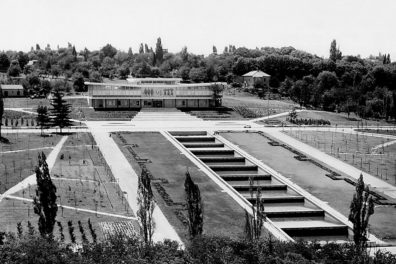
The Origins: The Background for Understanding the Museum of Yugoslavia
Creation of a European type of museum was affected by a number of practices and concepts of collecting, storing and usage of items.
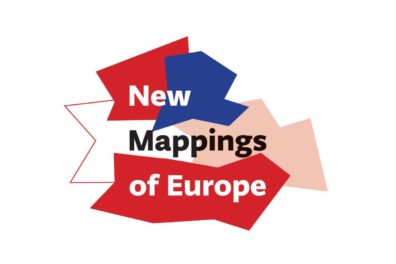
New Mappings of Europe
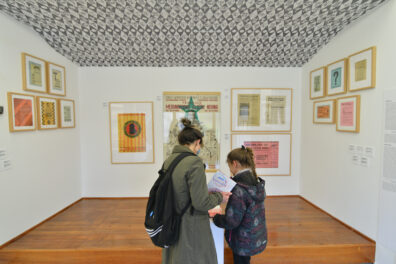
Museum Laboratory
Starting from the Museum collection as the main source for researching social phenomena and historical moments important for understanding the experience of life in Yugoslavia, the exhibition examines the Yugoslav heritage and the institution of the Museum
